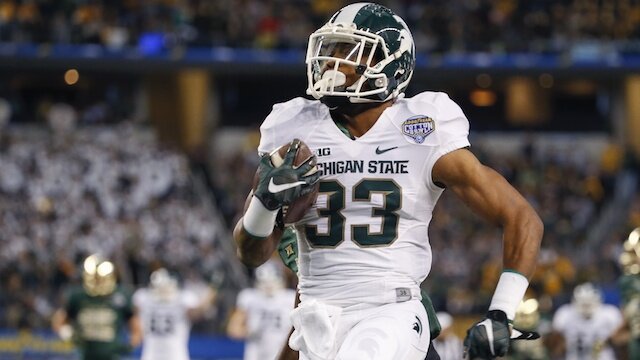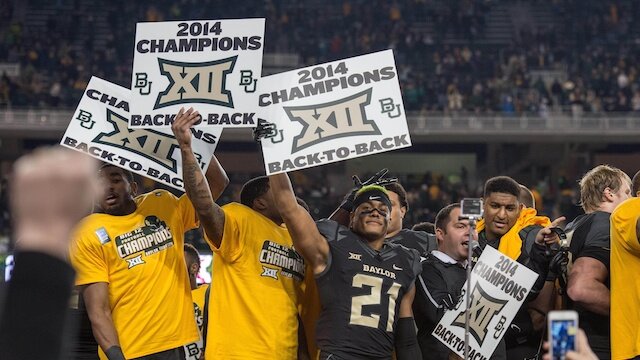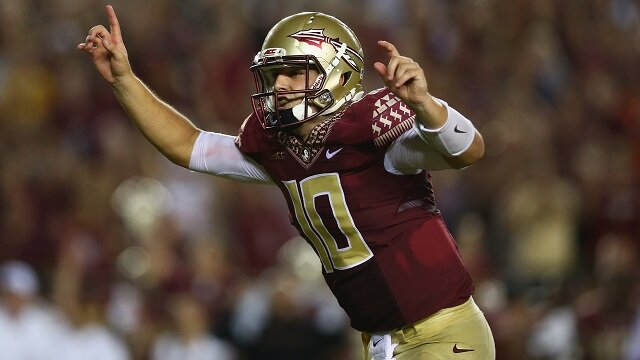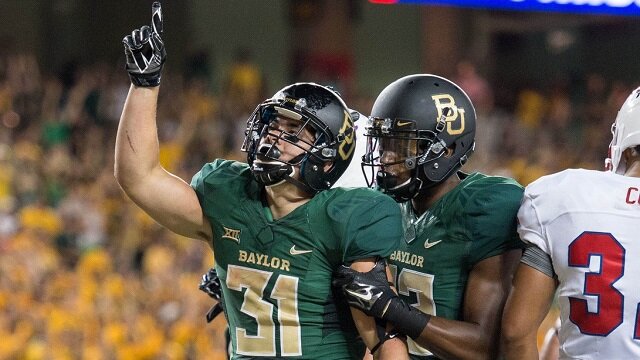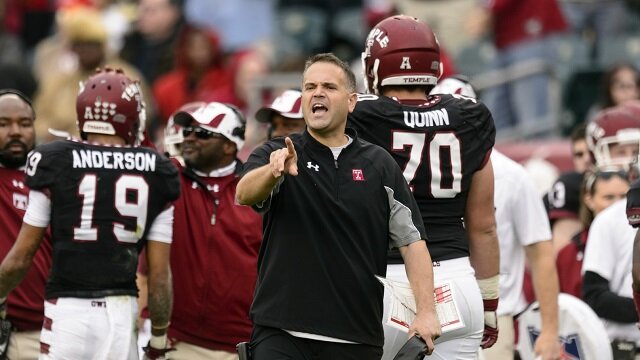Miami Hurricanes Coordinator Mark D’Onofrio Will Be Fired Unless He Adapts
On September 9, 2012 the most hated man in South Florida was the defensive coordinator for the Miami Hurricanes Mark D’Onofrio.
The day before, the Hurricanes had been embarrassed 52-13 by the Kansas State Wildcats. The Hurricane faithful were infuriated. It was not simply the margin of victory that enraged the fans, but how the team, especially the defense, so effortlessly combined the elements of meekness and confusion into a giant, steaming pile of ineptitude.
In the 1980′s, great defenses were as important to the success of the Hurricanes as the golden arms of its quarterbacks. The molly whopping at the hands of Bill Snyder’s Wildcats seemed to desecrate that legacy. Even under the mediocre teams of Larry Coker and Randy Shannon, Miami’s defensive squads were respectable if not downright good.
So what changed?
When Al Golden was hired away from the Temple Owls in 2010, he brought with him his defensive coordinator and friend D’Onofrio. At Temple, D’Onofrio ran the 3-4 scheme employed by numerous other teams. Essentially, the 3-4 utilizes three lineman, and four linebackers. Most 3-4 teams use zone coverage with cornerbacks as much as ten yards off the ball. Its countless blitzes and complicated coverages demand cerebral athletes. Temple had success with it, so Miami would too, right?
On September 9, 2012 everyone was asking what went wrong.
Miami had run a 4-3 defense as its base since Jimmy Johnson installed it in 1985. Johnson created this defense, which became known throughout the football world as the “Miami 4-3″, to counter the wishbone and dive option offenses run by teams like the Oklahoma Sooners, Nebraska Cornhuskers and Notre Dame Fighting Irish. These offenses used huge linemen to blow open gaping holes in the defense allowing skill players to run free. Johnson knew he would struggle recruiting defensive players to match up with these beefy Midwest teams. Instead, he decided to run a system that fit the type of player he was recruiting locally. Wisely, he chose speed and athleticism over size and strength. Safeties became linebackers, and linebackers became defensive ends.
Moreover, he didn’t teach reading and reacting as every other coach did. He wanted his players to read on the run and swarm along the line of scrimmage. He wanted them to play fast, and he felt players slowed down when they had to think too much. His new system was easy to coach and simple for the players to grasp. The strategy was incredibly successful and would influence college and NFL defenses for years.
That style of defense also influenced high school coaches in the Greater Miami area. It’s typical for high school teams to adapt the systems of their local college program. Naturally, more high school coaches in South Florida began employing the Miami 4-3, and most still do. The prep players coming out of South Florida are born and bred to play defense “Miami-style” – attack first, think second.
When D’Onofrio took over the defense, that legacy of the Miami 4-3 ended. His 3-4 defense was a foreign concept to the Miami players. Many had played the 4-3 since little league. Controlling gaps instead of shooting them? Reading and reacting instead of reading while attacking? Complex zone coverages instead of press man or under zone? It seemed almost sacrilegious. The South Florida kids on the Miami roster didn’t get it and didn’t like it.
It showed.
Kansas State was just a taste of bad defense to come. The unit finished 116th out of 120 FBS teams by season’s end. Most coordinators would have been fired under those circumstances. Luckily for D’Onofrio, Al Golden is a loyal guy.
D’Onofrio is using his second chance to go back to Miami’s roots. In the spring game, the Hurricanes used a base 4-3 front with much more man coverage and much less zone. The defense didn’t look good in the spring game, but it looked better. The players, most from South Florida prep programs, appeared more confident in a system they could understand and that emphasized their strengths.
If D’Onofrio wants to keep his job, he will have to adapt. He must follow the example of Jimmy Johonson and run a system that fits his players instead of trying to force a system onto them that they don’t know and that doesn’t match their skill set. The fast, attacking 4-3 defense needs to be the bread and butter of Hurricane football.
Otherwise, D’Onofrio risks being the most hated man in South Florida again.
Chris Cunningham is a Miami Hurricane writer for www.RantSports.com. Follow him on Twitter @cunn1431 or add him to your network on Google.
Michigan State Football Must Reload At RB In 2015
Mark Dantonio needs a workhorse to replace Jeremy Langford in 2015, and he may have found one in four-star recruit L.J. Scott. Read More
Big 12 Football Needs Conference Championship Game
Until the Big 12 can reissue a conference championship game for football, they'll continue to receive snubs from the college football playoff committee. Read More
Maguire Under Pressure in FSU QB Battle
Sean Maguire is the safe choice to start for Florida State in 2015 but that doesn't mean he'll get the job. Read More
5 Spring Practice Questions For Temple Football
Temple football had five major problem areas last year in a 6-6 season, and four of them can be addressed with the addition of a player whose name could surprise a lot of Owl fans. Read More
5 Notre Dame Spring Positional Battles To Watch
Notre Dame spring practice begins in a just a few weeks, and there promises to be several intriguing positional battles throughout. Read More
Nacita Ruling Makes NCAA Look Ridiculous
Silas Nacita has been ruled ineligible for not wanting to be homeless, putting the NCAA in an uncomfortable public spotlight once again. Read More
Temple Should Not Extend Matt Rhule’s Contract
If the definition of insanity is doing the same thing over and over again and expecting a different result, Temple giving a new deal to Matt Rhule would be insane. Read More
5 Questions for Ole Miss Football This Spring
The Ole Miss Rebels were in the mix for the SEC West title last season. Read More
SEC Hot Seat Monitor: Arkansas' Bret Bielema
Perhaps no SEC team had a more surprising 2014 season than the Arkansas Razorbacks. Read More
Freshman Ineligibility Bad for College Football
The NCAA is reportedly looking into reinstating a rule to make freshmen ineligible for football and men's basketball and it's a terrible idea. Read More
5 Questions For USC Entering 2015 Spring Practice
Here are five questions for USC football entering 2015 spring practice. Read More
5 Questions For FSU During 2015 Spring Practice
Here are five questions that Florida State must address during 2015 spring practice. Read More





